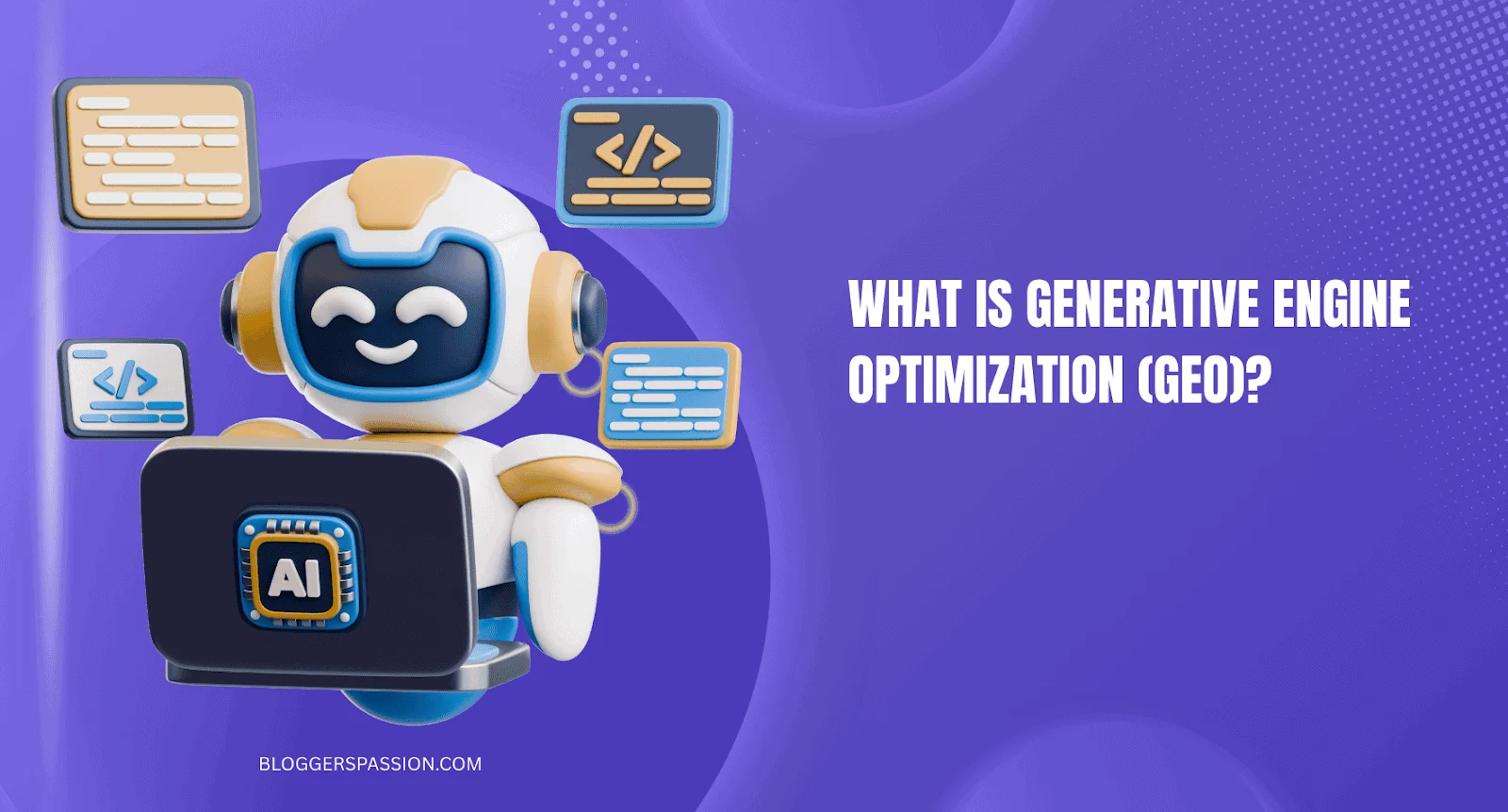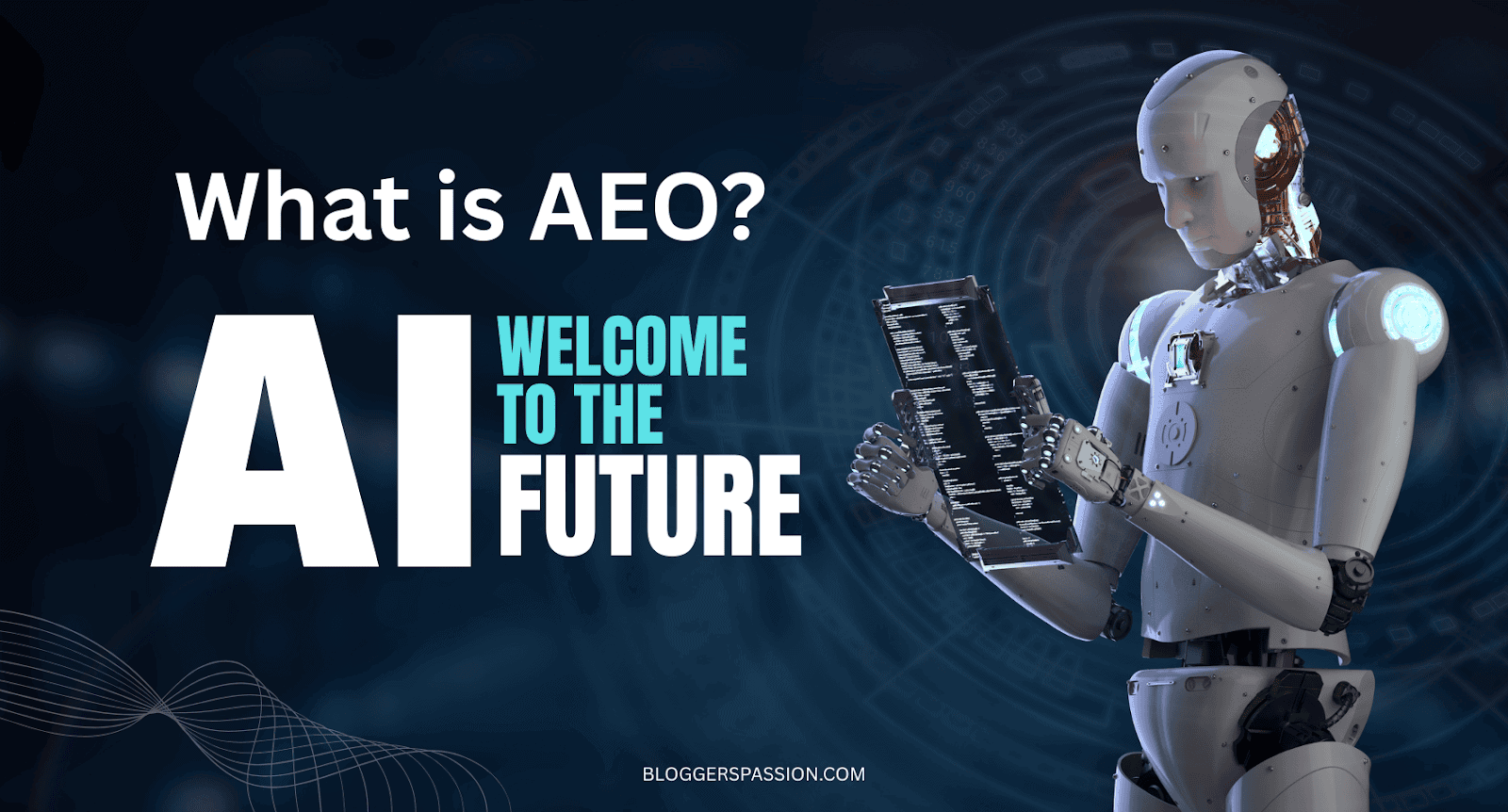GEO, AEO, AIO, and LLMO are nothing but the new generation of SEO!
If you have been in the SEO game for a while, you know how much the digital web ecosystem keeps evolving.
Just when you think you have got a handle on ranking pages and optimizing for search engines, new terms like AEO, GEO, and AIO pop up.
They represent a shift in how people find answers online. While SEO has always been about helping your website rank higher on search engines like Google, these new strategies focus on how your content shows up in AI-driven search tools, voice assistants, and generative AI platforms.
In this article, I will break down what SEO, AEO, GEO, and AIO mean, how they differ, and why mastering all of them together is key to staying visible in today’s AI-focused search results.
Table of Contents
Quick Comparison of SEO vs AEO vs GEO

What is SEO
Search Engine Optimization (SEO) is the process of making your website easier for search engines like Google to find and understand.
The goal is to have your website appear higher on search engine results pages when people search for information, products, or services related to what you offer.
Let’s say you run a small online store that sells handmade candles. When someone types “best scented candles” into Google, you want your store to appear near the top of the list. To do this, you would use SEO strategies like:
- Using those exact words “best scented candles” naturally in your website’s page titles, descriptions, and product descriptions.
- Write helpful articles or guides about candles that people might be searching for.
- Making sure your website loads quickly and works well on phones.
- Getting other websites to link to your store because those links tell Google your store is trustworthy.
This combination of things makes your website more visible and attractive to search engines, which sends more people to your site without paying for ads.
Remember that most people don’t scroll past the first page of search results. So ranking high means more visitors, and more visitors usually mean more customers or readers.
What is GEO
GEO stands for Generative Engine Optimization. As search technology evolves, more people are turning to AI-powered assistants like ChatGPT, Google’s AI features, or Bing Chat to get quick and clear answers.
GEO is about making sure your content is ready and easy for these AI tools to find, understand, and use when they answer people’s questions.
Unlike regular SEO, where you try to rank your pages higher on a search engine results list, GEO focuses on how your content is used and cited inside AI-generated answers.
Instead of just generating clicks, GEO helps your content serve as the actual information source that AI tools rely on.
Here’s an example to make it clearer: Suppose you write a detailed, well-structured blog post on “how to bake a chocolate cake.” When someone asks an AI assistant, “How do I bake a chocolate cake?”, your content could be the one the assistant uses to create its answer. This means your exact recipe might be read out loud or shown directly in an AI chat, even without the user clicking a link.
AI engines don’t just look for keywords; instead, they try to understand the meaning and context of the questions. They pick content that’s clear, trustworthy, and comprehensive. So, with GEO, you focus on:
- Writing detailed but easy-to-understand content,
- Structuring it with clear headings and bullet points,
- Using reliable sources and references to build trust,
- Making sure AI can easily “read” your content and pull out the key information.
What Is AEO
AEO refers to Answer Engine Optimization. Simply put, AEO is optimizing your content for actual answer AI tools and voice assistants for people’s questions.
Let me explain it using a simple example:
Suppose you own a bakery, and someone asks Siri or Google Assistant, “Where can I find the best chocolate cake near me?” If your bakery’s website is optimized for AEO, your answer about your chocolate cakes might be the one the assistant reads out loud or shows directly on the search page.
This means your content doesn’t just have to be found; it needs to be clear, direct, and easy for AI to pick as the best short answer.
Unlike regular SEO, AEO aims to have your content chosen as the snippet or the voice response, often meaning users get the information immediately without even visiting your site.
What Is AIO
AIO, i.e, Artificial Intelligence Optimization is means using AI tools and technology to make online content work better for both people and search engines.
Unlike basic automation, which simply follows set rules, AIO learns and adapts in real-time to enhance your marketing efforts without requiring you to control every change manually.
Think of AIO as having a smart assistant that watches over all your marketing campaigns, whether it’s your website SEO, ads, emails, or social media, and makes quick adjustments to improve their performance.
This assistant doesn’t just do the same thing every time; it studies how people interact with your content and adjusts things based on what works best.
So, if you run a small business, with AIO, your ads on Google or Facebook don’t just run on fixed budgets. Instead, AI tools track which ads get the most clicks and sales, then automatically increase their budget while lowering spending on less effective ads.
Similarly, your website content is optimized based on what visitors search for, helping you appear in the best spots on search engines and even in AI-powered answers from chatbots.
AIO covers a wide range of marketing activities, such as:
- Real-time optimization of ads and content
- Personalizing emails and website experiences for different users
- Using predictive models to guess what customers want before they do
- Creating smarter strategies that combine human creativity with AI’s data power
This approach differs from traditional SEO or AEO because it’s proactive and adaptive, constantly learning and improving rather than just reacting to changes. It also overlaps with GEO by utilizing AI insights to create more effective content that can be recognized by AI assistants.
Are AEO, GEO, and AIO replacing SEO?
A common question many ask is whether AEO, GEO, and AIO are replacing SEO.
The simple answer is no, they are not replacing SEO, but rather building on it to adapt to how people search and find information today.
SEO has been the foundation of online visibility for years, helping websites rank higher on search engine results through keywords, backlinks, and technical optimizations.
However, with the rise of AI-powered tools, voice assistants, and chatbots, search habits are changing. AEO, GEO, and AIO respond to this change by focusing on how content is delivered, not just how it’s found.
SEO might get you a spot on the first page of Google, but AEO makes sure your content is chosen as the quick, direct answer in voice searches or featured snippets.
GEO helps your content become a trusted source that AI chatbots use when generating answers. Meanwhile, AIO makes your website and content easier for AI systems to read and use.
All in all, AEO, GEO, and AIO are modern versions of traditional SEO, and they go beyond just ranking content on search engine results pages.
Think of SEO as the solid base of a house, while AEO, GEO, and AIO are the new smart features added on to keep the house modern and efficient.
So, these new approaches aren’t replacing SEO; they are enhancing and evolving it to meet today’s AI-driven search landscape, making sure your content gets found, used, and trusted in more ways than ever before.
How to Implement a Combined SEO vs GEO vs AEO Strategy
To implement a combined SEO, AEO, and GEO strategy, you need to think about how your content can work well for traditional search engines, direct answer features, and AI-powered platforms all at once.
Start by doing solid keyword research to understand what your audience is searching for, not just the main keywords, but also the questions they ask and the topics around those questions.
When you create content, write detailed and useful articles that cover your topic completely for SEO, but also include clear question-and-answer sections or FAQs for AEO, so voice assistants and quick-answer boxes can easily pick up your best responses.
At the same time, make your content trustworthy and well-structured with good sources and clear headings to satisfy GEO, meaning AI chatbots and generative engines will see your content as reliable enough to cite.
Make sure your technical setup supports this by using schema markup for questions and answers, ensuring fast site speed, and making your site mobile-friendly, which helps all three strategies.
This helps Google show your page in traditional search, voice answers, and AI chatbot responses. Lastly, monitor your results regularly, see which keywords and answers perform best, and update your content based on trends and user behavior.
By combining these techniques thoughtfully, you ensure your content reaches people whether they prefer reading, quick answers, or AI interactions, keeping your site competitive and relevant in today’s evolving search world.
Final Thoughts
So there you have it.
SEO, GEO, AEO, and AIO are all ways to get your content noticed in today’s online world. While SEO is still the backbone, newer approaches like GEO, AEO, and AIO help your website stand out for AI assistants, voice search, and direct answers.
If you focus on creating helpful content, keep things clear, and adapt your site for how people and AI search these days, you’ll be ahead of the curve.
You don’t need to master every acronym overnight; just start applying a combined strategy and update your old habits as new tools come along.
Remember, the basics matter, but a little smart tweaking goes a long way.
FAQs
What is the main difference between SEO, AEO, and GEO?
SEO focuses on ranking websites in search engines, AEO aims to provide direct answers for voice and snippet features, and GEO targets content citations by AI-driven generative platforms.
Does AEO replace SEO?
No, AEO builds on SEO by optimizing content to be the direct answer in AI and voice searches, complementing traditional SEO efforts.
How does GEO help with AI search visibility?
GEO prepares your content to be cited and used by AI assistants and chatbots by focusing on clear, trustworthy, and comprehensive content structure.
What role does AIO play in digital marketing?
AIO uses AI tools to continuously optimize marketing campaigns, website content, and ads, adapting in real time to user behavior for better performance.
How can I create content that works for SEO, AEO, and GEO at the same time?
Combine detailed keyword-rich articles (SEO) with clear Q&A sections for direct answers (AEO), and ensure your content is authoritative and well-structured to be cited by AI (GEO). Use schema markup and keep your site fast and mobile-friendly.



